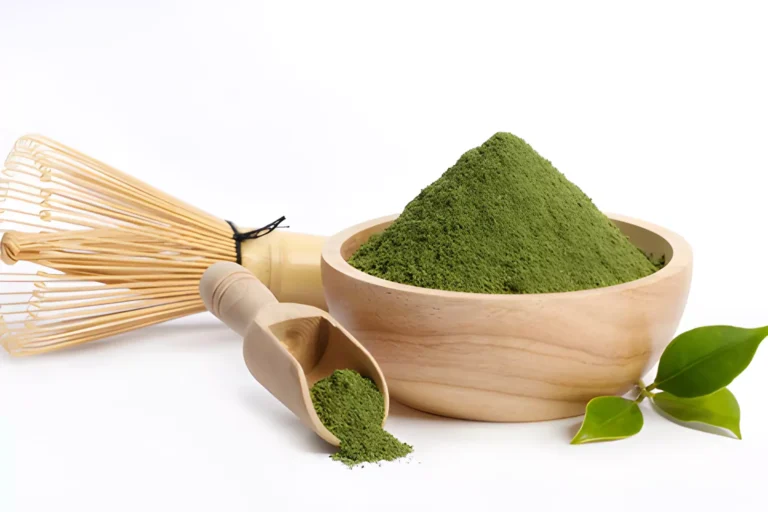Where Do Sesame Seeds Come From and How They Grow
Sesame seeds are tiny, edible seeds that come from a flowering plant called sesame (Sesamum indicum) native to India, China and Turkey. Sesame seeds have a nutty flavor and a crunchy texture, and they can be used in various cuisines and dishes. Sesame seeds are also rich in nutrients, such as protein, fiber, healthy fats, calcium, iron, magnesium, and more. But where do sesame seeds come from? How are they grown and harvested? And what are some of the benefits and uses of sesame seeds? In this article, we will answer these questions and more.
The Origin and History of Sesame Seeds
Sesame seeds are one of the oldest cultivated crops in the world. They have been grown for over 5,000 years in Africa and Asia, where they are native. Sesame seeds were highly valued by ancient civilizations, such as the Egyptians, Babylonians, Assyrians, and Indians, for their oil, food, medicine, and religious purposes. Sesame seeds were also traded along the Silk Road and spread to other regions, such as the Middle East, Europe, and America.
Sesame seeds have many names in different languages and cultures. For example, they are called til in Hindi, kunzhut in Russian, zhima in Chinese, goma in Japanese, and simsim in Arabic. Sesame seeds are also known as benne seeds in some parts of Africa and America.
The Growth and Harvest of Sesame Seeds
Sesame seeds grow on an annual plant that can reach up to 2 meters (6 feet) tall. The plant has opposite leaves and tubular flowers that can be white, pink, purple, or blue. The flowers are pollinated by insects or wind and produce pods that contain the seeds. The pods are oval-shaped and hairy, and they split open when they are ripe. This is called dehiscence or shattering.
The sesame plant is very adaptable and can grow in various climates and soils. But, it prefers warm and sunny conditions with moderate rainfall. The sesame plant is also drought-tolerant and resistant to pests and diseases. The sesame plant can be grown from seeds or cuttings, and it takes about 90 to 120 days to mature.
The harvest of sesame seeds is usually done by hand or by machines. The pods are collected when they are dry and brown, but before they shatter completely. The pods are then threshed to separate the seeds from the husks. The seeds are then cleaned, dried, sorted, graded, and packaged for sale or further processing.
The Benefits and Uses of Sesame Seeds
Sesame seeds have many benefits and uses for health, beauty, cooking, and more. Here are some of them:
- Sesame seeds are a good source of plant-based protein, which is essential for building and repairing tissues in the body.
- Sesame seeds are high in fiber, which can help with digestion, bowel movements, cholesterol levels, blood sugar levels, and weight management.
- Sesame seeds are rich in healthy fats, especially omega-6 fatty acids and lignans. These can help with inflammation, hormone balance, skin health, heart health, brain health, and more.
- Sesame seeds are also loaded with minerals, such as calcium, iron, magnesium, zinc, copper, selenium, and manganese. These can help with bone health, blood health, muscle health, immune health, antioxidant activity, and more.
- Sesame seeds contain vitamins, such as vitamin B1, B2, B3, B5, B6, E, and K. These can help with energy production, metabolism, nerve function, skin health, blood clotting, and more.
- Sesame seeds have many phytochemicals, such as sesamin, sesamolin, sesamol, and sesaminol. These can help with anti-inflammatory, anti-bacterial, anti-fungal, anti-viral, anti-cancer, and anti-aging effects.
- Sesame seeds can be used in various ways to enjoy their benefits and uses. Some of the common ways are:
- Eating raw or roasted sesame seeds as a snack or topping for salads, bowls, yogurt, oatmeal, and more.
- Making sesame oil from pressed sesame seeds and using it for cooking, dressing, marinating, or drizzling over dishes. Sesame oil has a distinctive flavor and aroma that can enhance the taste and smell of food.
- Making tahini from ground sesame seeds and using it for making hummus, baba ganoush, halva, or sauces. Tahini is a creamy and smooth paste that can add richness and creaminess to dishes.
- Making sesame milk from soaked and blended sesame seeds and using it for drinking, baking, or making smoothies, lattes, or puddings. Sesame milk is a dairy-free and nut-free alternative that can provide calcium and protein to the diet.
- Making sesame flour from defatted sesame seeds and using it for baking, pancakes, waffles, or bread. Sesame flour is a gluten-free and low-carb option that can add fiber and flavor to baked goods.
FAQ’s
Conclusion
Sesame seeds are tiny, edible seeds that come from a flowering plant called sesame. Sesame seeds have a long and rich history of cultivation and use in various regions and cultures. Sesame seeds are also nutritious and versatile, offering many benefits and uses for health, beauty, cooking, and more. Sesame seeds can be eaten raw or roasted, or processed into oil, tahini, milk, flour, and more. Sesame seeds can be used in various cuisines and dishes, adding nuttiness, crunchiness, creaminess, and flavor to the food. Sesame seeds are truly a wonder seed that can be enjoyed in many ways.




